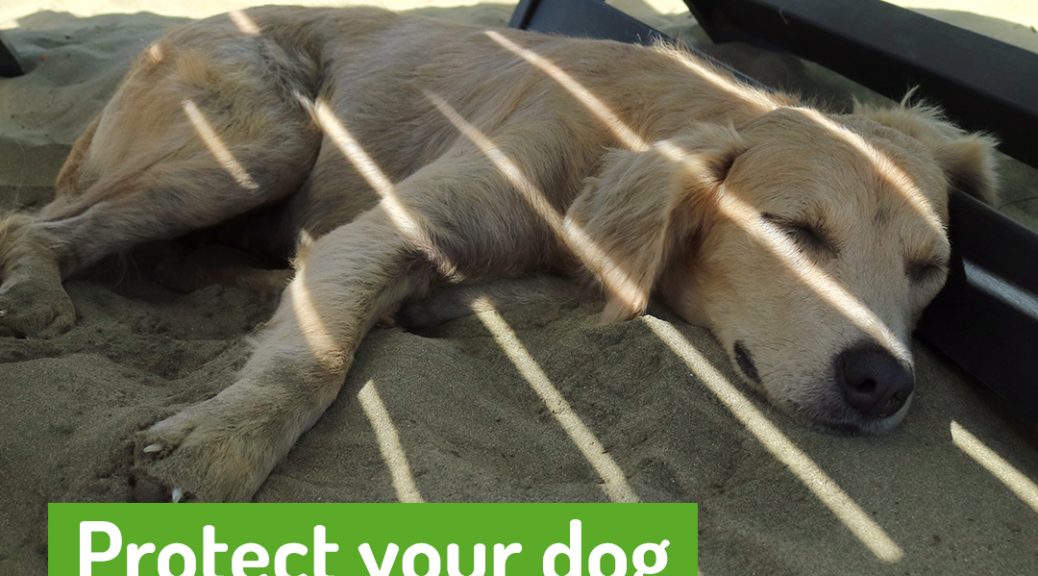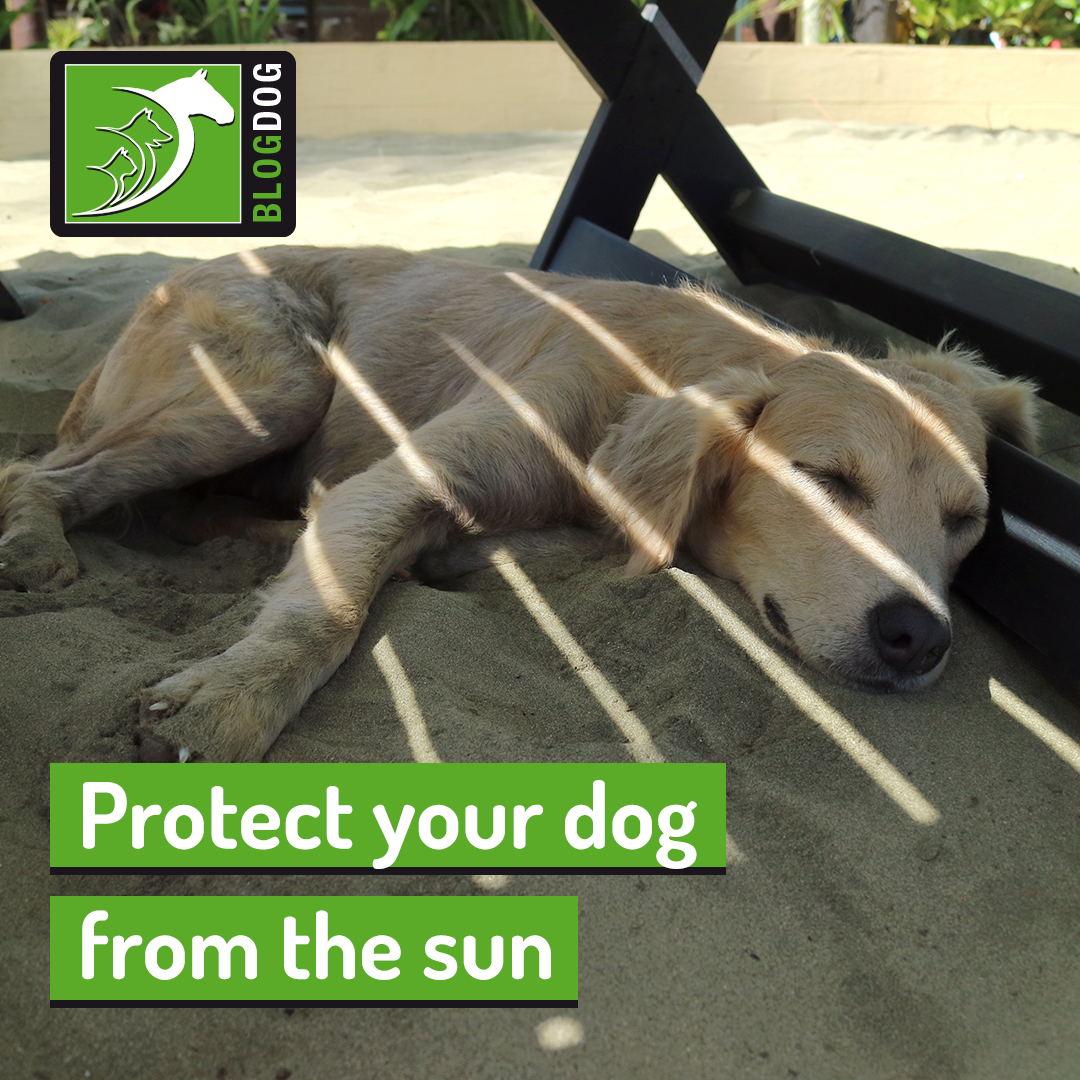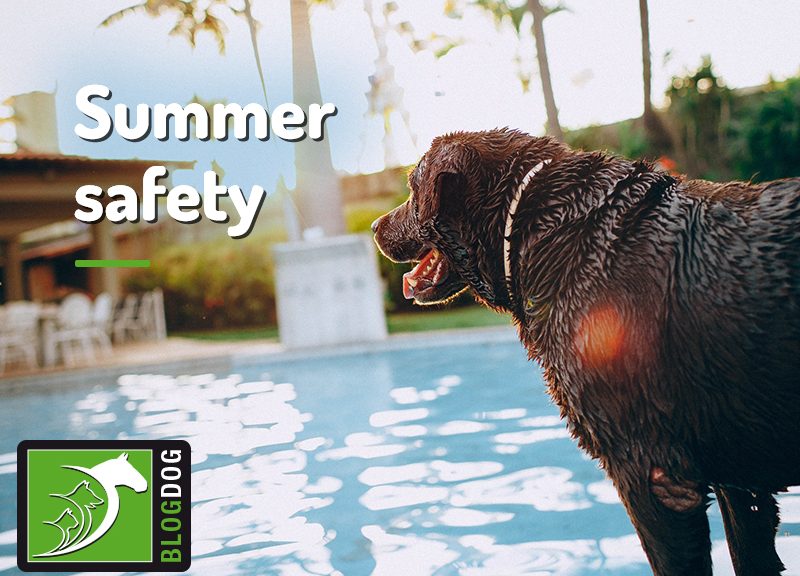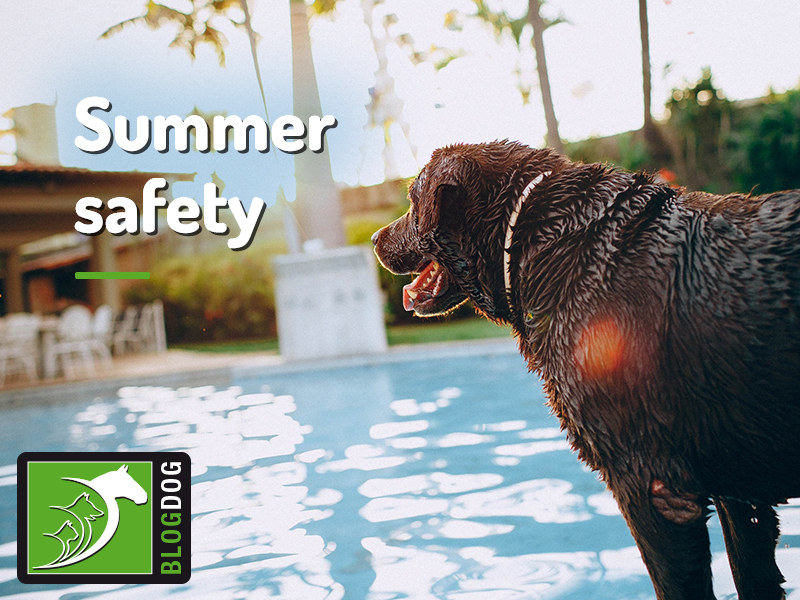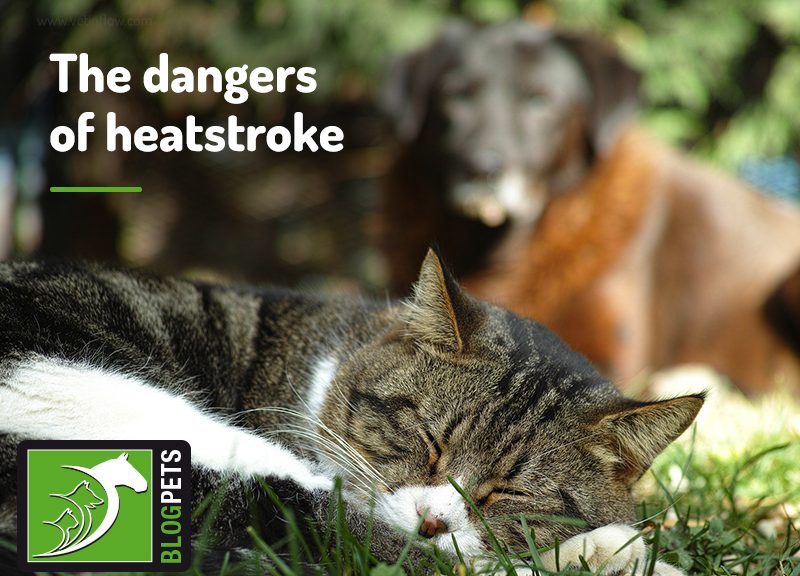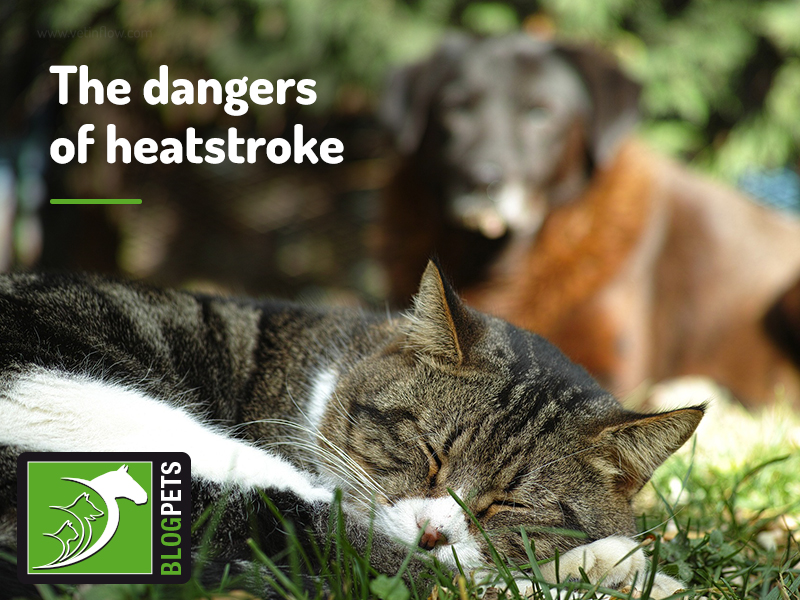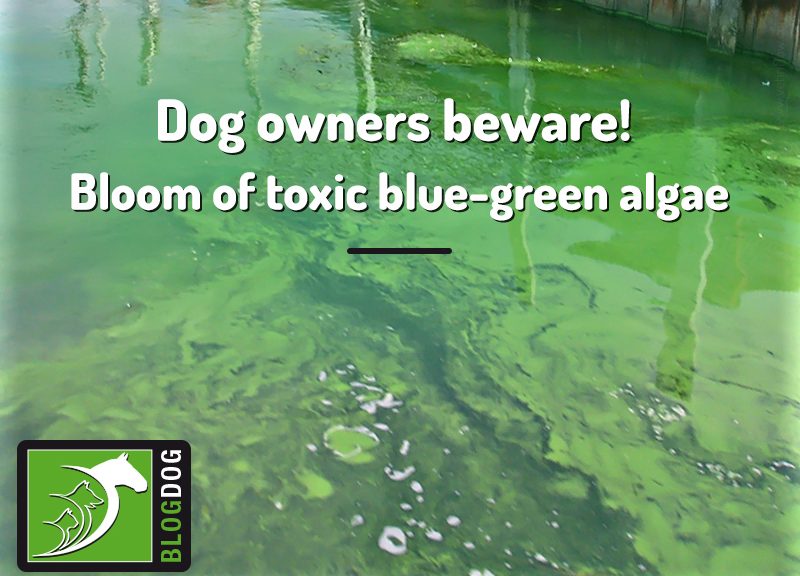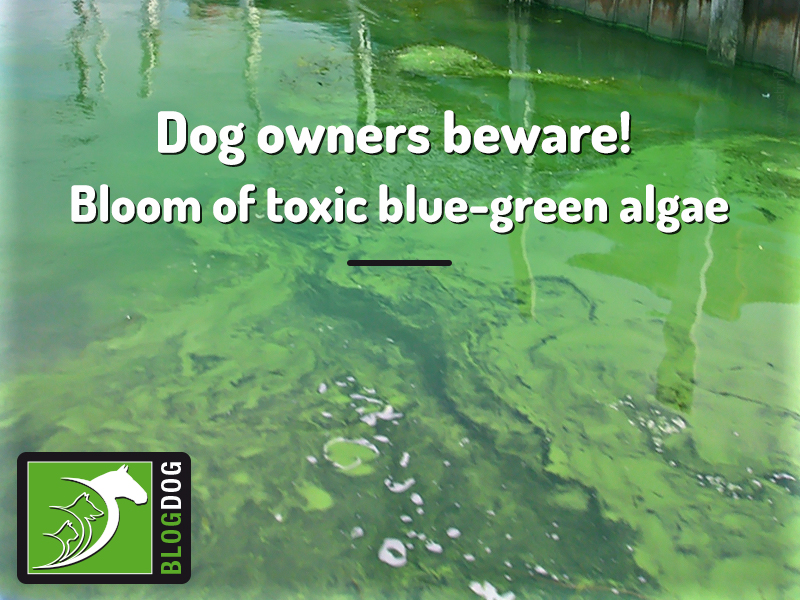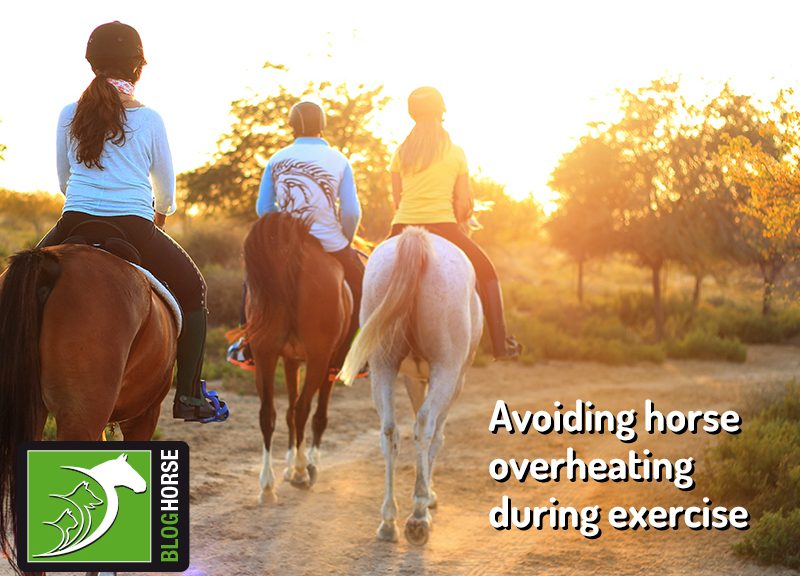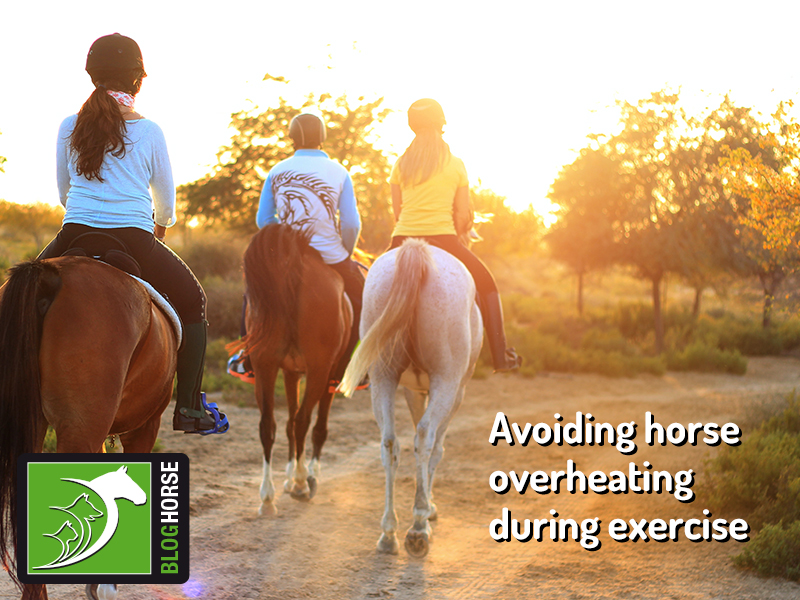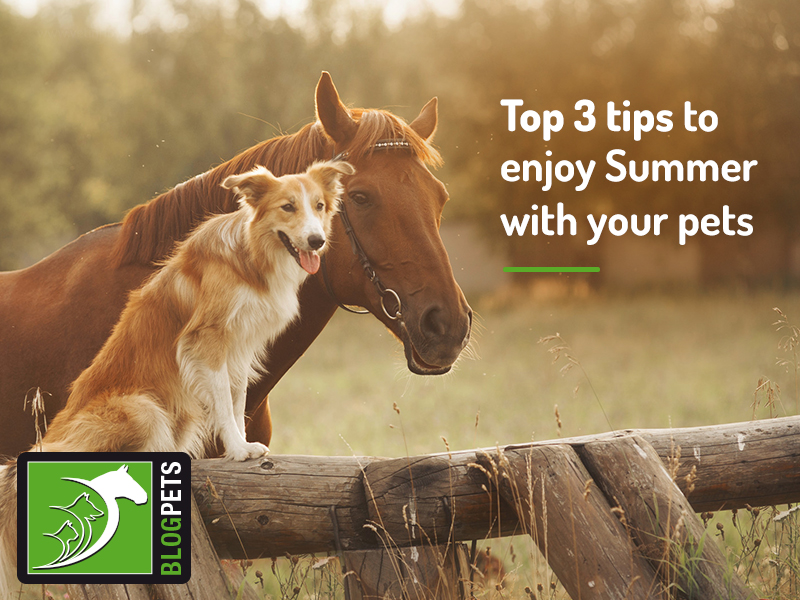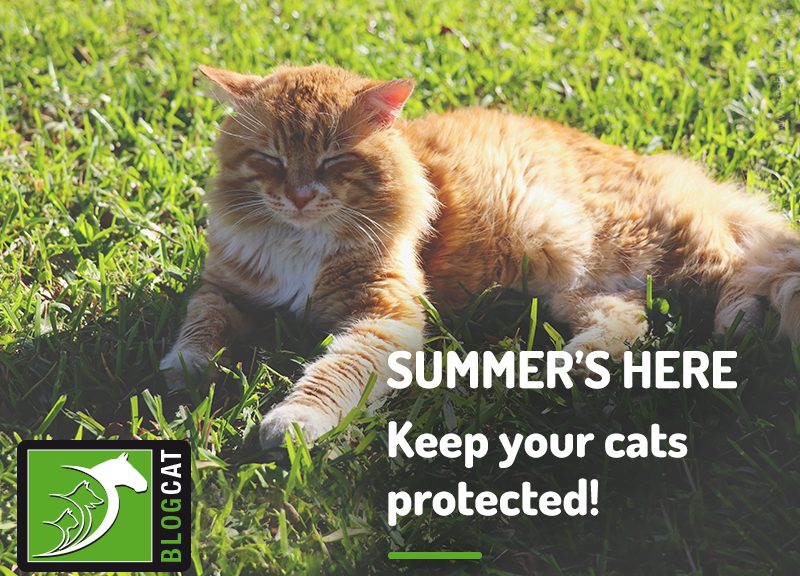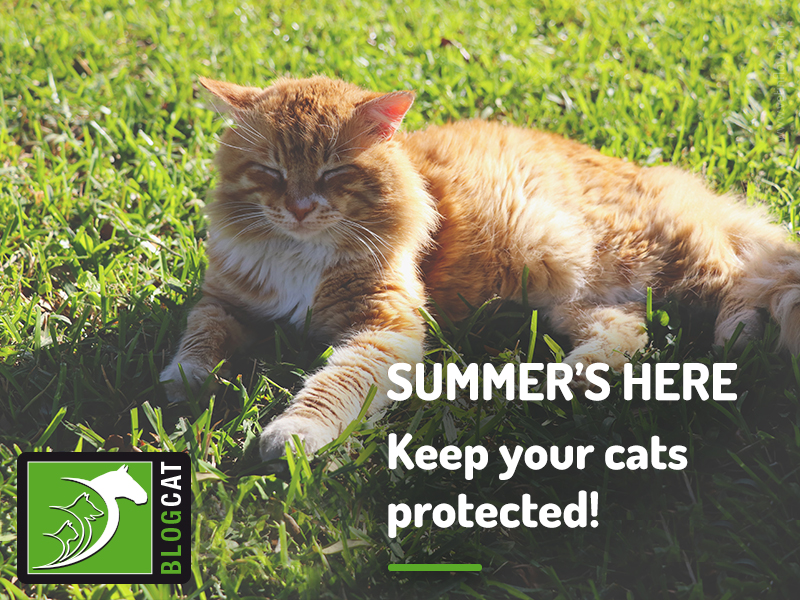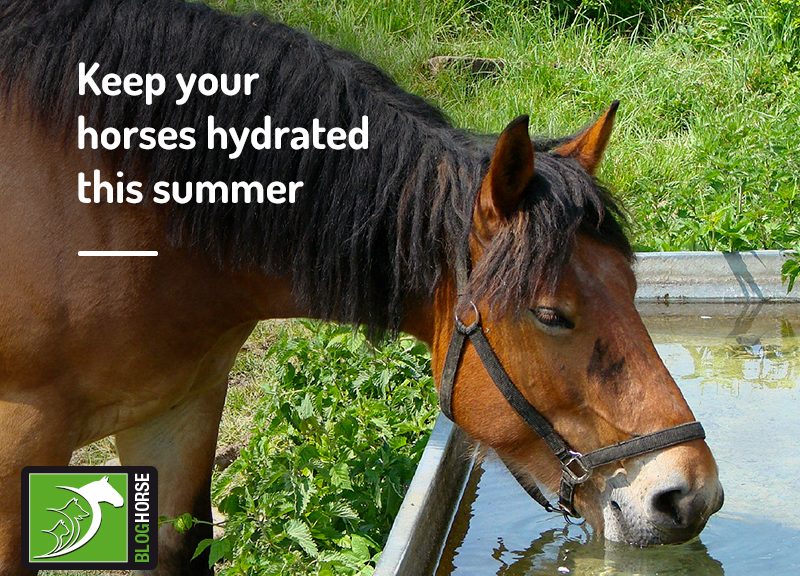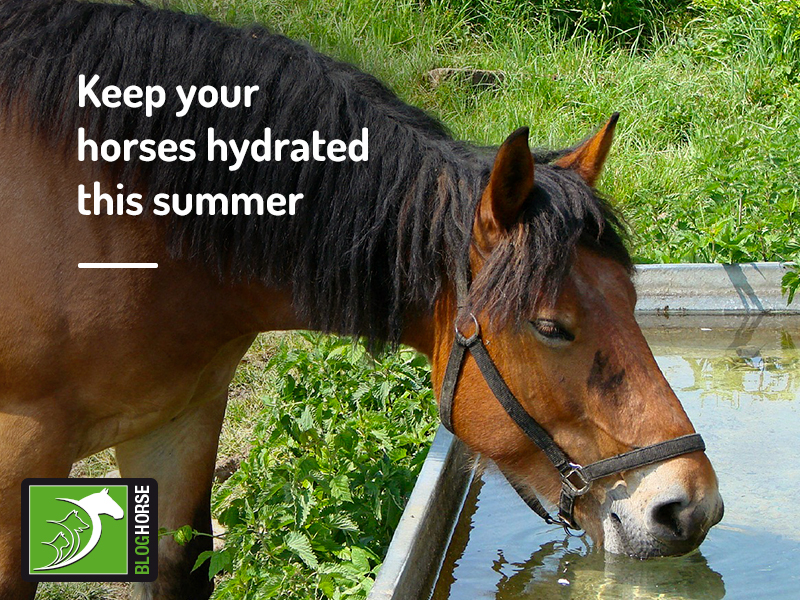As the sunny days of high summer are getting closer, we would like to take some time to talk about the damage the sun can do to our dogs.
Sunburn and skin cancer are just as significant in our pets as in people! Even if you and your dogs aren’t often out on lengthy outdoors adventures, it’s vital to protect them during sunny days, even if just from the light coming in through the windows.
Keep reading to find out more about avoiding sun-related skin problems this summer.
Can dogs get sunburnt?
The answer is absolutely yes! The sun affects our pets’ skin and can cause burns of varying severity. These are quite bothersome and, in some cases, can be extensive enough to need a trip to the vet.
Dogs love to be outside for long periods or nap in sunny places, putting them at risk of getting burnt. It’s important to remember that they won’t necessarily move away from the sun before they are burnt, so you need to make sure that they do.
Red, tender and flaky skin are sure signs that your pet has a burn! Smaller burns can usually be treated at home with the proper ointments, but more extensive or severe burns require appropriate veterinary treatment.
What are the risks of skin cancer in pets?
Not only is the sun responsible for burns and other skin problems, it can also put your pet at risk of developing severe diseases like skin cancer (malignant melanomas, squamous cell carcinomas or mast cell tumours).
While there are many factors involved in the development of skin cancer, we know that UV damage from the sun plays a part, and too much exposure to this harmful radiation will definitely increase the risk of your dog developing cancer.
These types of cancer can be highly damaging and difficult to treat! The sooner they are spotted, the better the chances of treating them successfully, so always keep a keen eye on your dog’s skin.
If you spot areas with colours that weren’t there before (darker, lighter or red coloured skin), or you see bumps and/or ulcers developing for no reason, do not hesitate to contact your vet.
How can I prevent harm from UV rays?
The best way to reduce the risk of sunburns and skin cancers induced by harmful rays is to limit sun exposure and take the proper measures to avoid putting your dogs in a situation where they can’t escape being out in direct sunlight.
Here are some of the main ways to avoid sun damage:
- Choose the best sunscreen for your dog – There are plenty of sunscreens out there but it’s important to choose one without zinc oxide or aminobenzoic acid as they are toxic if ingested. Consider one that is also waterproof and unscented if your pooch loves a good swim.
- Protect your dogs while out on walks or hikes – If you’re fond of outdoor adventures, you might also want to consider protective clothing that’s made to be cool enough for a hot day but also protecting from the hot sun. This way you only need to apply sunscreen to the exposed areas.
- Keep their home safe from overexposure to the sun – Make sure that your dog has the chance to be out of the sun in case he or she wants to, for instance, with shaded spots out in the garden or with permanent access indoors. If you notice that they have been out for too long, call them in before they suffer a burn.
Even with all of these precautions, it’s important that you avoid the hottest hours of the day to be outside. Not only are the UV rays at their most dangerous, but excessive heat can harm their sensitive paws and might cause heatstroke!
Would you like to know more about dogs? Check our Canine Courses:
![]()
Canine courses
